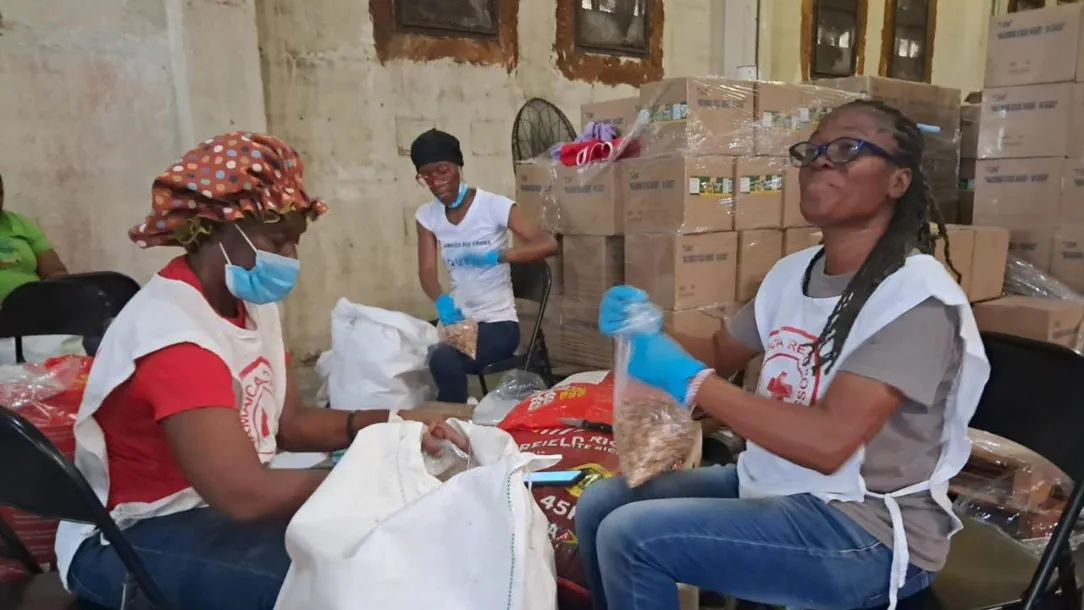With estimated wind speeds of up to 185 miles per hour, Hurricane Melissa, the most powerful storm of 2025 so far, made landfall in Jamaica, leaving a catastrophic impact on the country, bringing life-threatening storms, flash flooding, and landslides.
Along with violent winds, the storm brought torrential rainfall up to a metre high in mountainous areas, triggering widespread flooding and landslides. As the situation developed, reports said that whole communities were under water, with the damage left by the strong winds been devastating.
Before Melissa arrived in Jamaica, the most at-risk were expected to be across eight parishes in Jamaica: Saint Elizabeth, Manchester, Clarendon, Saint Catherine, Saint Andrew, Kingston, Saint Thomas and Portland. As Melissa's path continued onto Cuba, the hurricane was downgraded to a category 3 storm - one of the most powerful to have hit Cuba since 2017.
With a population of 2.8 million, Jamaica is the fourth most populous country of the Caribbean. At only 4,224 square miles in area, the longest point of the island is 146 miles. The Jamaica Red Cross took early action to protect people across the eight parishes most at risk, mobilising volunteers, pre-positioning emergency supplies and preparing shelters ahead of the storm’s arrival.
They mobilised 400 volunteers and released and 750 blankets, 250 cleaning kits, 250 hygiene kits, 250 shelter tool kits and 500 tarpaulins for immediate distribution. Across Jamaica, 268 shelters are open, with the Jamaica Red Cross directly managing 27, and ensuring safe sheltering and essential services for people at risk.
The National Society is coordinating closely with government agencies to ensure aid reaches high-risk communities. Horace Glance, deputy operations manager for the Jamaica Red Cross said on Sunday 26 October: “We’ve never had such a major hurricane coming across the island, making landfall and its eye passing over us.
“So, the usual things such as landslides, as well as coastal, river and urban flooding, would be expected but it’s going to be a lot more with an event this size in terms of the volume of water... as well as more severe winds than we’ve ever experienced.” Tragically, communities in Jamaica are still recovering from Hurricane Beryl which struck the island in July 2024.
Experience suggests that the aid response will be a protracted one. The Jamaica Red Cross was on the ground supporting communities long before the storm hit and will continue to be there throughout the recovery process.
Red Cross teams in Haiti, the Dominican Republic, Cuba, Bermuda and The Bahamas ramped up preparedness efforts in anticipation of Melissa’s arrival.
- In Cuba, the Cuban Red Cross is helping with evacuations and helping families stay in touch.
- In Haiti, the Jérémie Emergency Operations Centre is working with local authorities.
- In the Dominican Republic, volunteers have carried out rescues and evacuations in flood-affected communities, as well as transporting patients from local hospitals to medical centres in safer areas.
In response to the 2025 hurricane season, the Red Cross network is working to strengthen community resilience in over 28 countries by integrating science and local knowledge to protect communities from the growing risks posed by climate change. Hundreds of thousands of people have been impacted by the most powerful storm to hit Jamaica in modern history.










